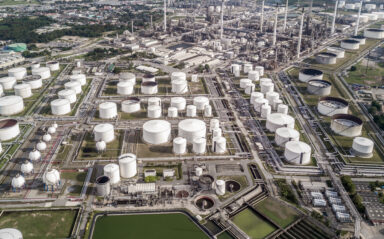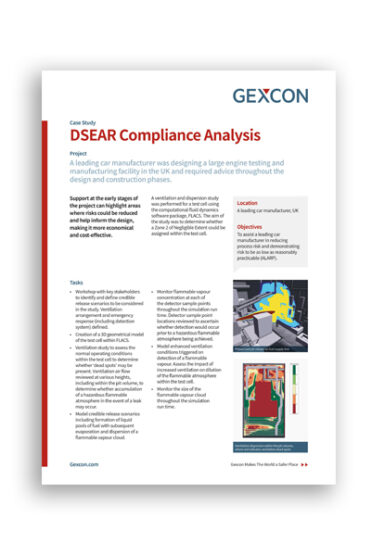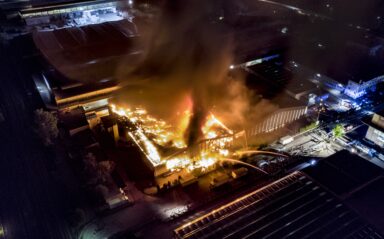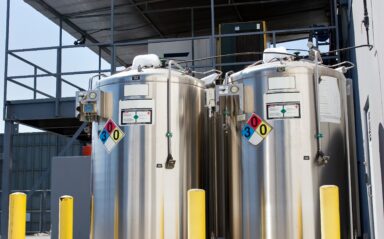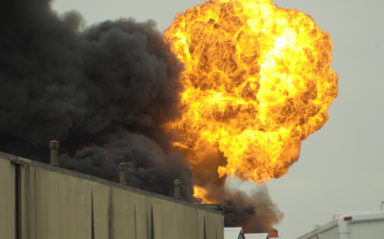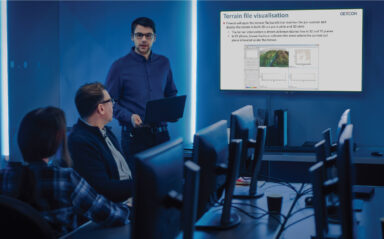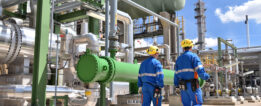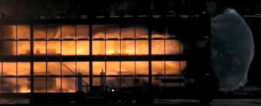Gexcon has extensive experience in assisting automotive and aerospace manufacturers in identifying, assessing, preventing and mitigating hazards in their facilities.
Activities within facilities producing automotive and aerospace parts can create potentially explosive atmospheres. Both vapour and dust originating from materials processed in these facilities can potentially cause an explosion thus requiring a comprehensive risk assessment to prevent potential accidents.
Our primary goal is to support clients in managing their process safety effectively. We help ensure their facilities’ risk is as low as reasonably practicable with reference to relevant regulatory compliance.
Our solutions involve:
- advanced engineering software for consequence and risk assessments
- incident investigations
- gas and dust explosion risk and safety studies
- fire studies
- ventilation and dispersion studies
- regulatory compliance
- process safety and risk management courses, including gas and dust explosion, hazardous area classifications, and many more
Gexcon’s support is not limited to the operational stage, we can also assist in the early design and modification stages.


